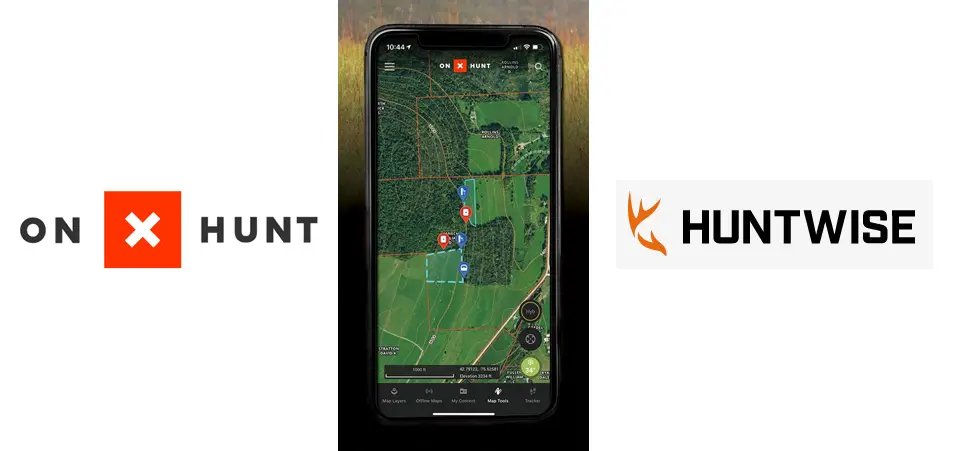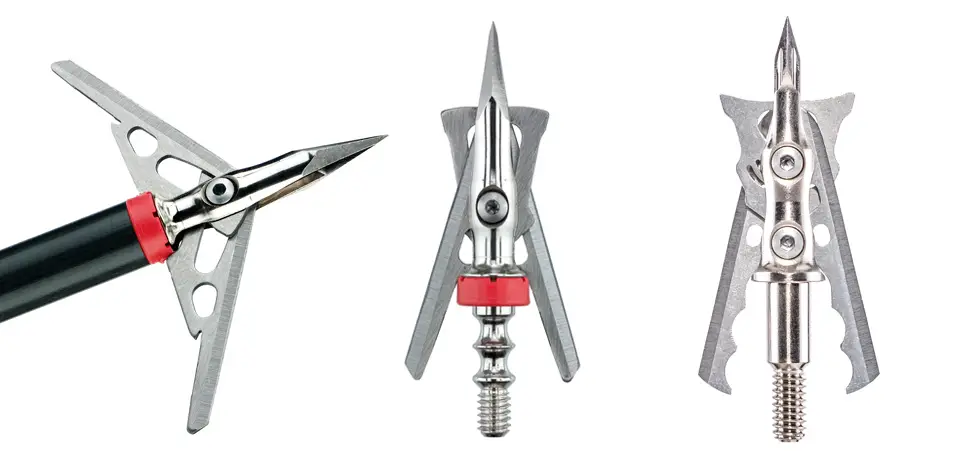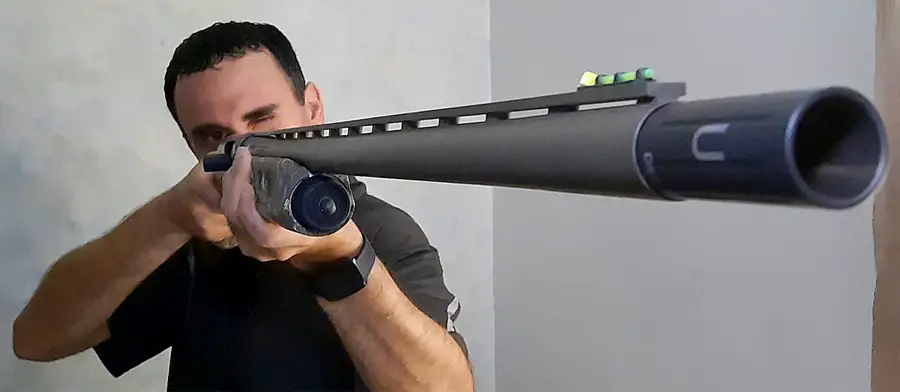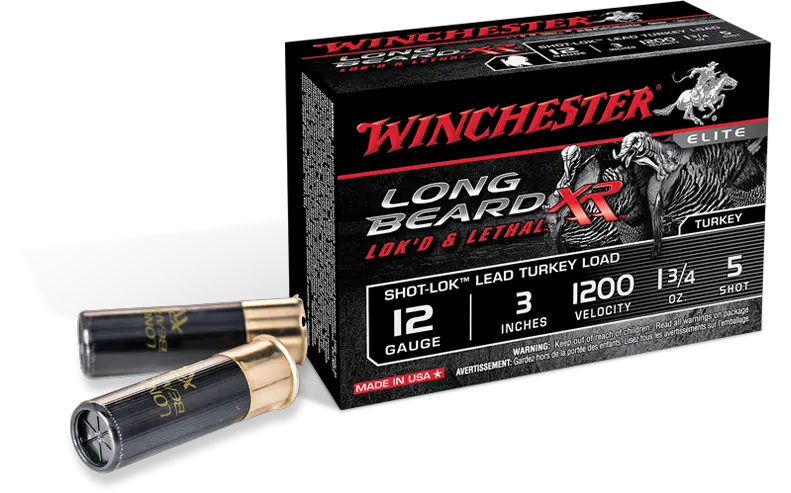If you ask a trophy hunter and a butcher how long you should wait to recover a shot deer, you may get different answers. Each has different goals, and there are pros and cons to the advice of each. But you need to be aware of both sides to help determine what is best for you.
Here is the episode of mentioned about how to track a wounded deer.
Trophy Hunter. You’ve seen them on TV, YouTube or elsewhere; professional hunters who shoot truckloads of bucks every year. They have a very admirable quantity; they want to recover the deer at all costs. It is a good philosophy, one that many hunters need more of. But the big question is what do they define as recovering the deer? Recovering the antlers at all costs is one thing, recovering the meat is not the same thing.
Butcher. The deer processers and professional butchers are not often on TV, few people ask for their advice, and few people even think about what they have to say. Butchers do their job after the deer is recovered and professional hunters are recovering the deer so why talk to the butcher about it? The answer is obvious, the butcher will handle and process more deer than the professional trophy hunter ever will. No one cares more about the meat than the butcher and no one has more to say about when you should recover a deer than a good butcher.
Listen to this episode as I share insights I have gained after hearing from several professional butchers who are also hunters.




